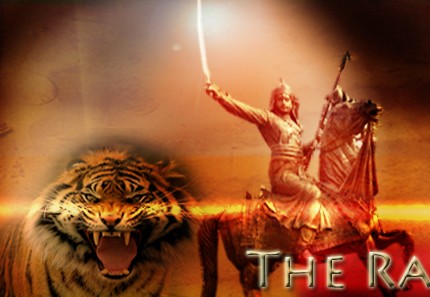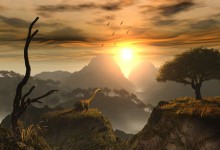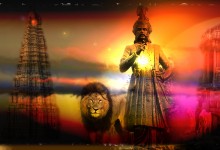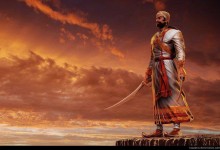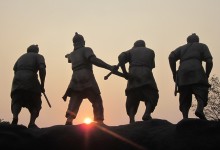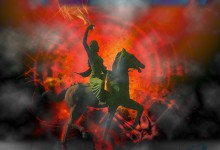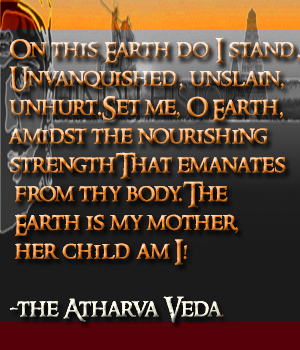Posts Tagged ‘huns’
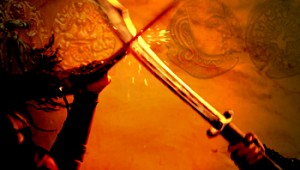
The Huns : Barbarians Tamed by the Warriors of Dharma
A thunderous hail of arrow and projectiles darken the sky. Waves of fast moving horse mounted warriors in compact bands of up to 4000 release their arrows before wheeling away to allow the next band to attack. In such a manner ...
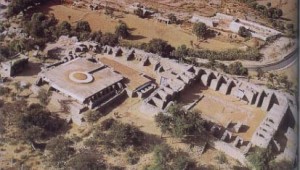
Takshashila: The world’s first known university
At least 2,800 years ago, circa 800BCE, there existed a giant University at Takshashila (often called Taxila), a town located in the north-western region of India (in today’s Pakistan). According to references in the Ramayana...

